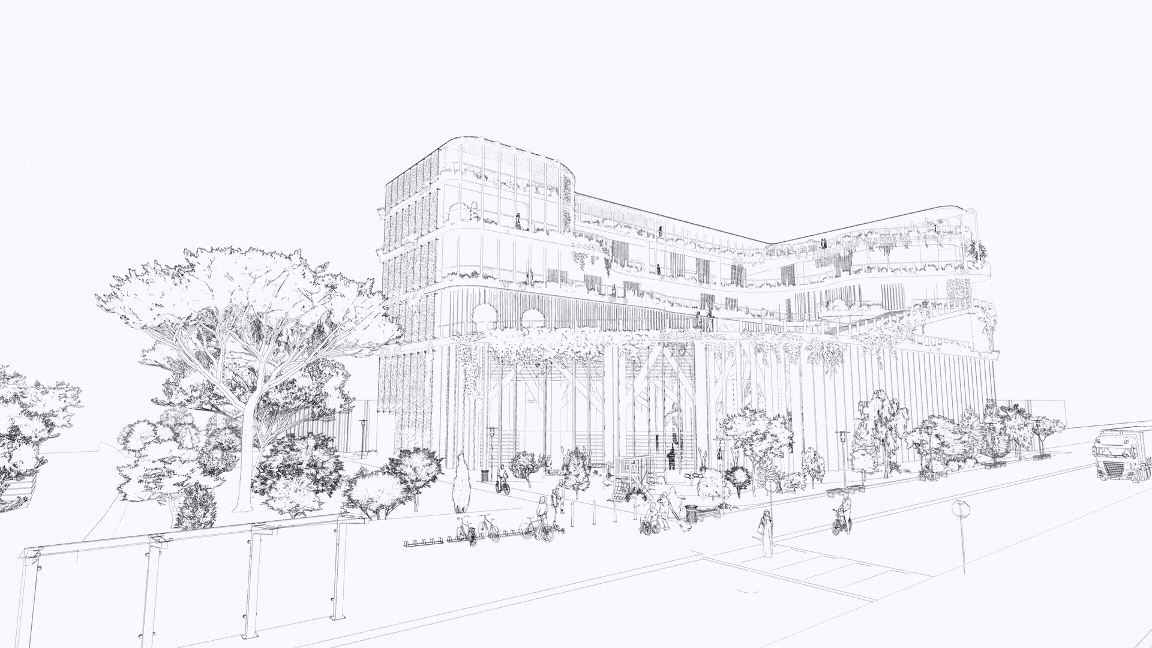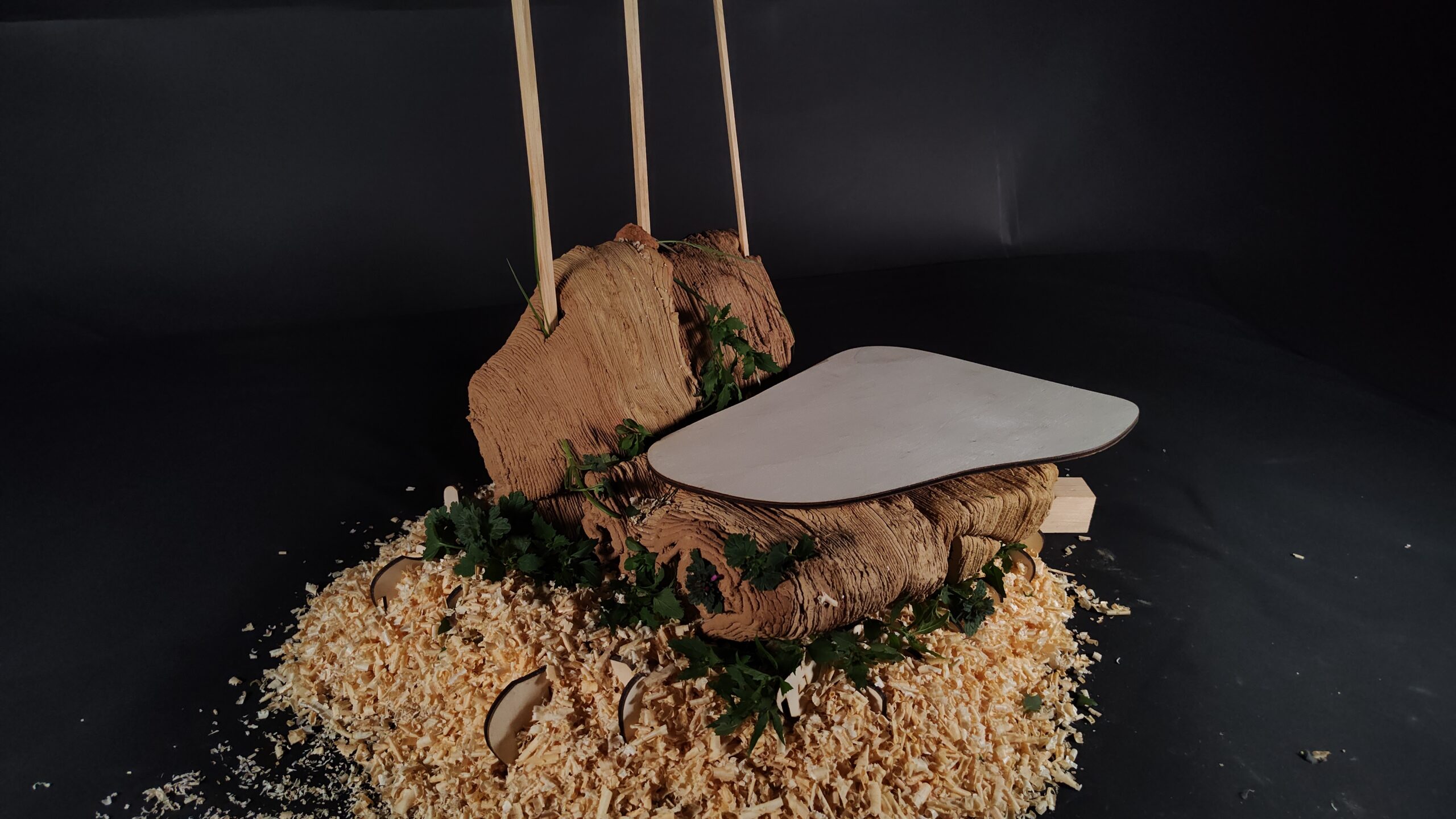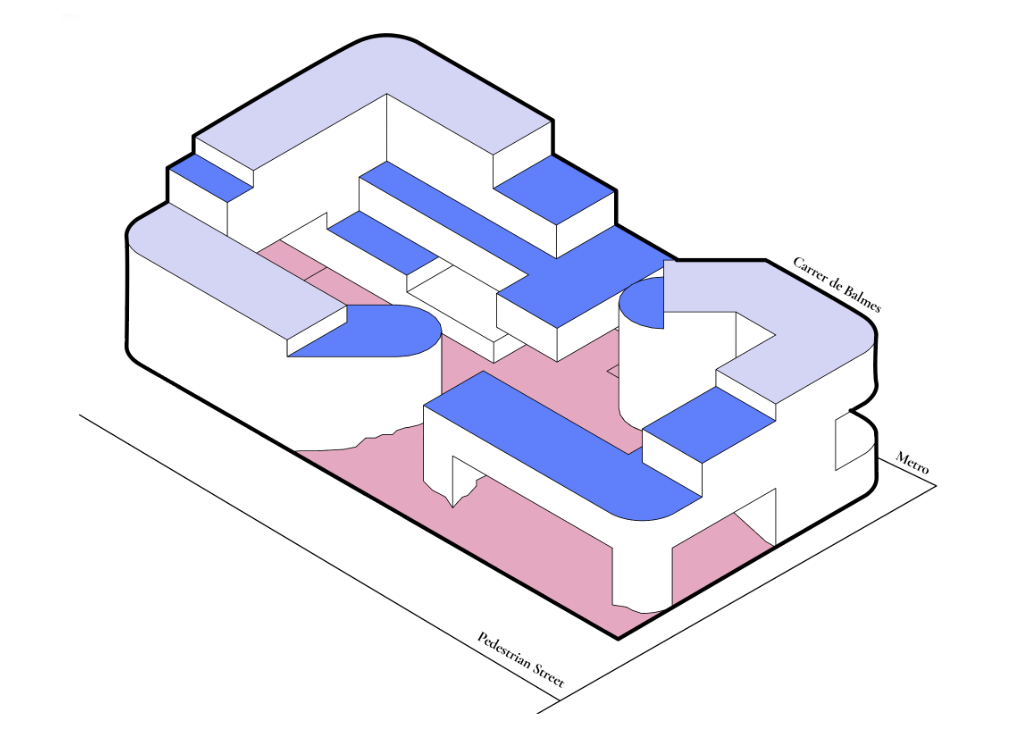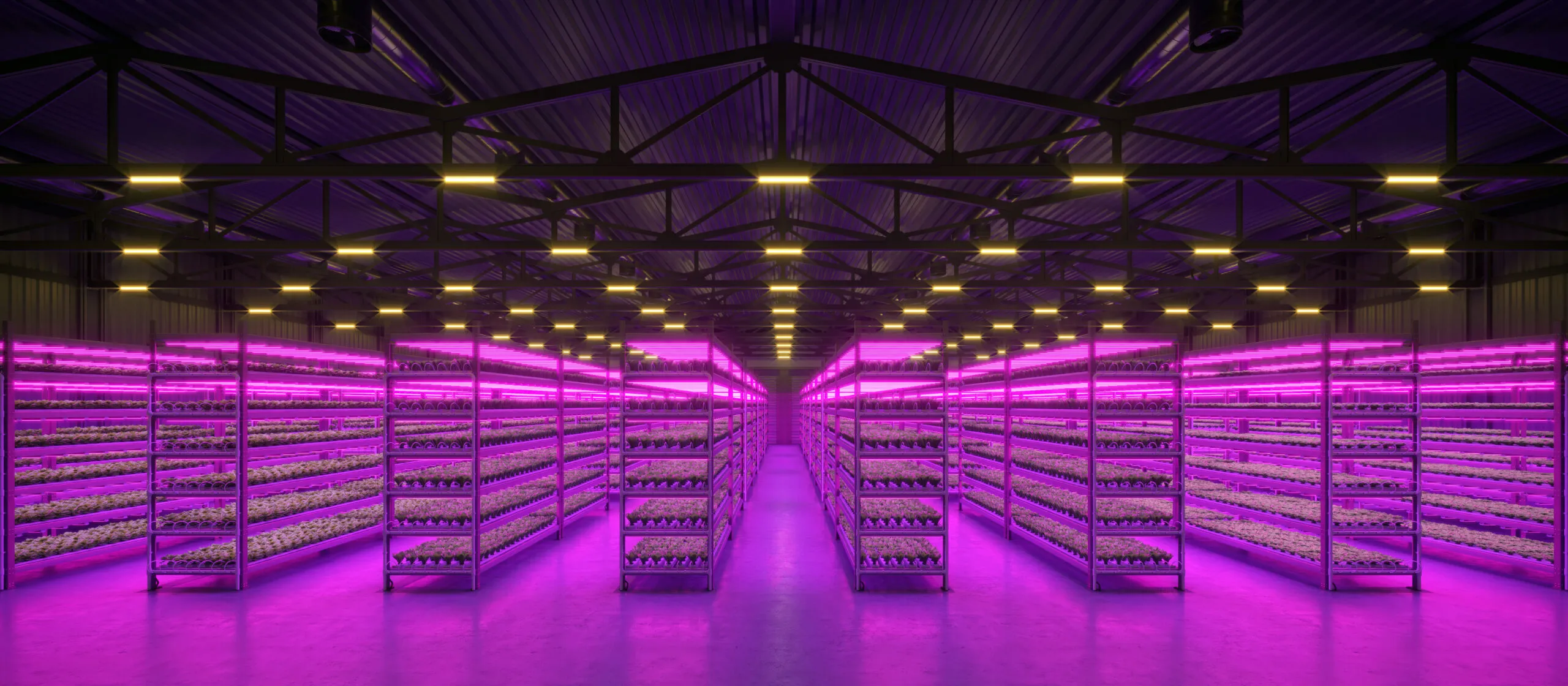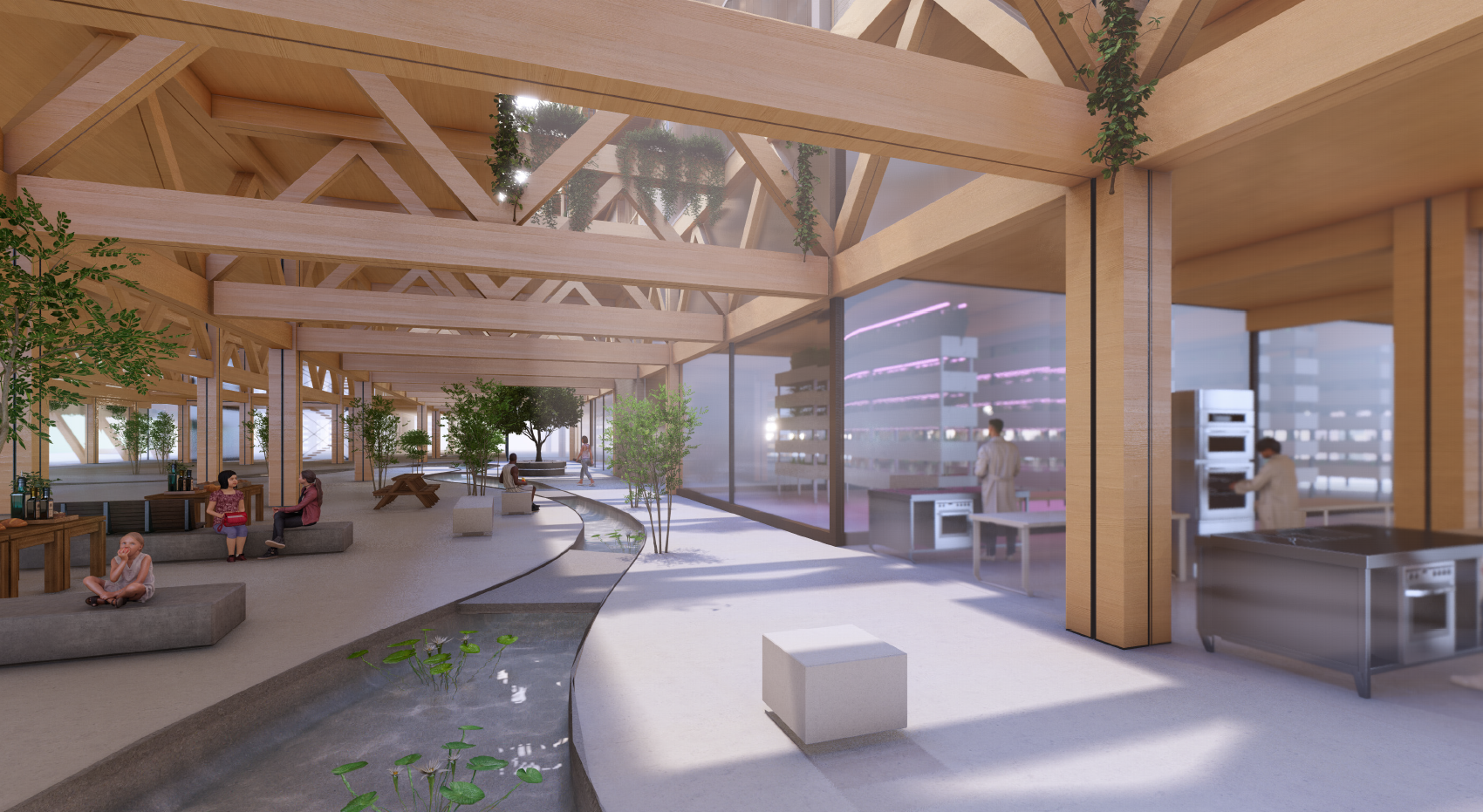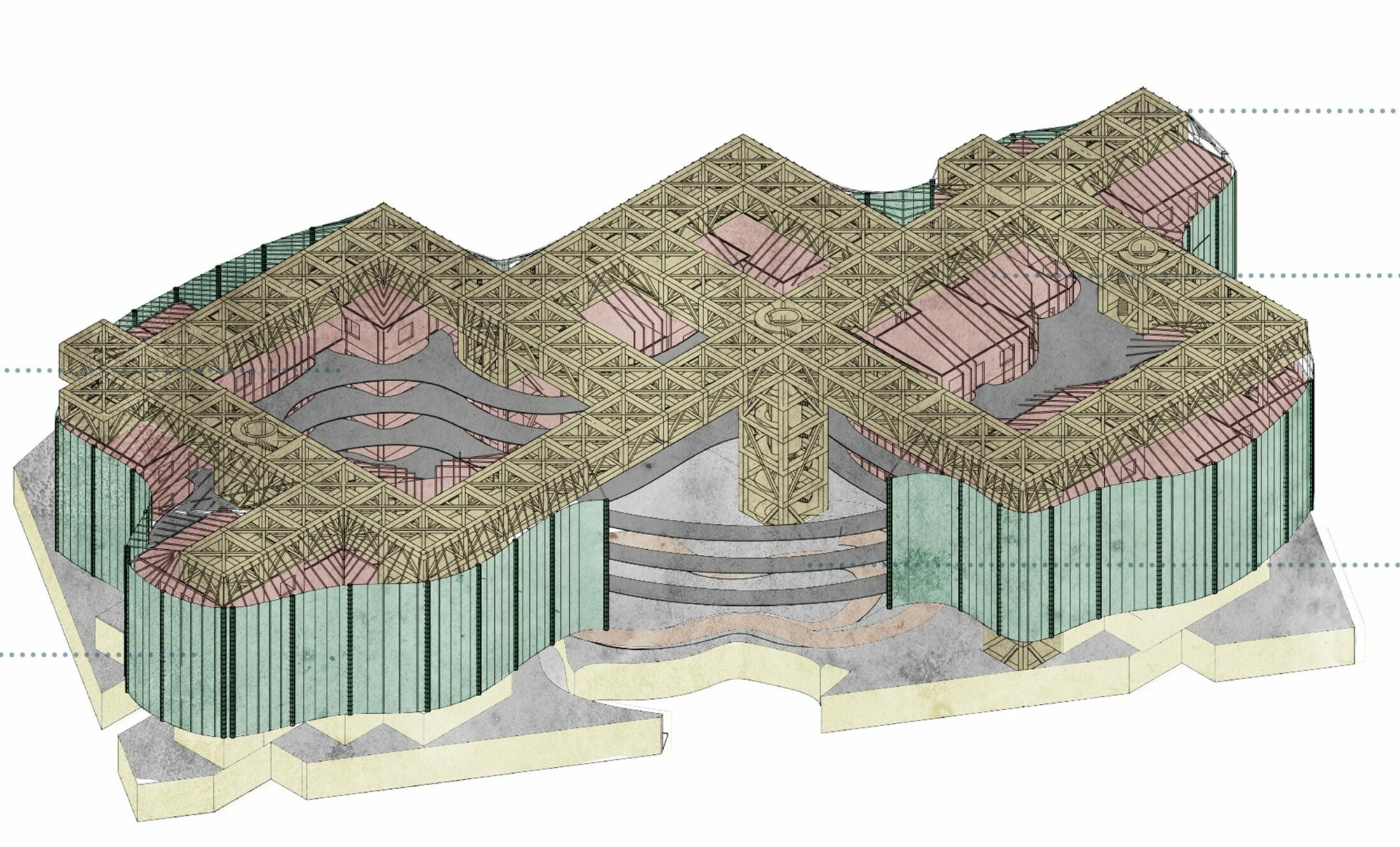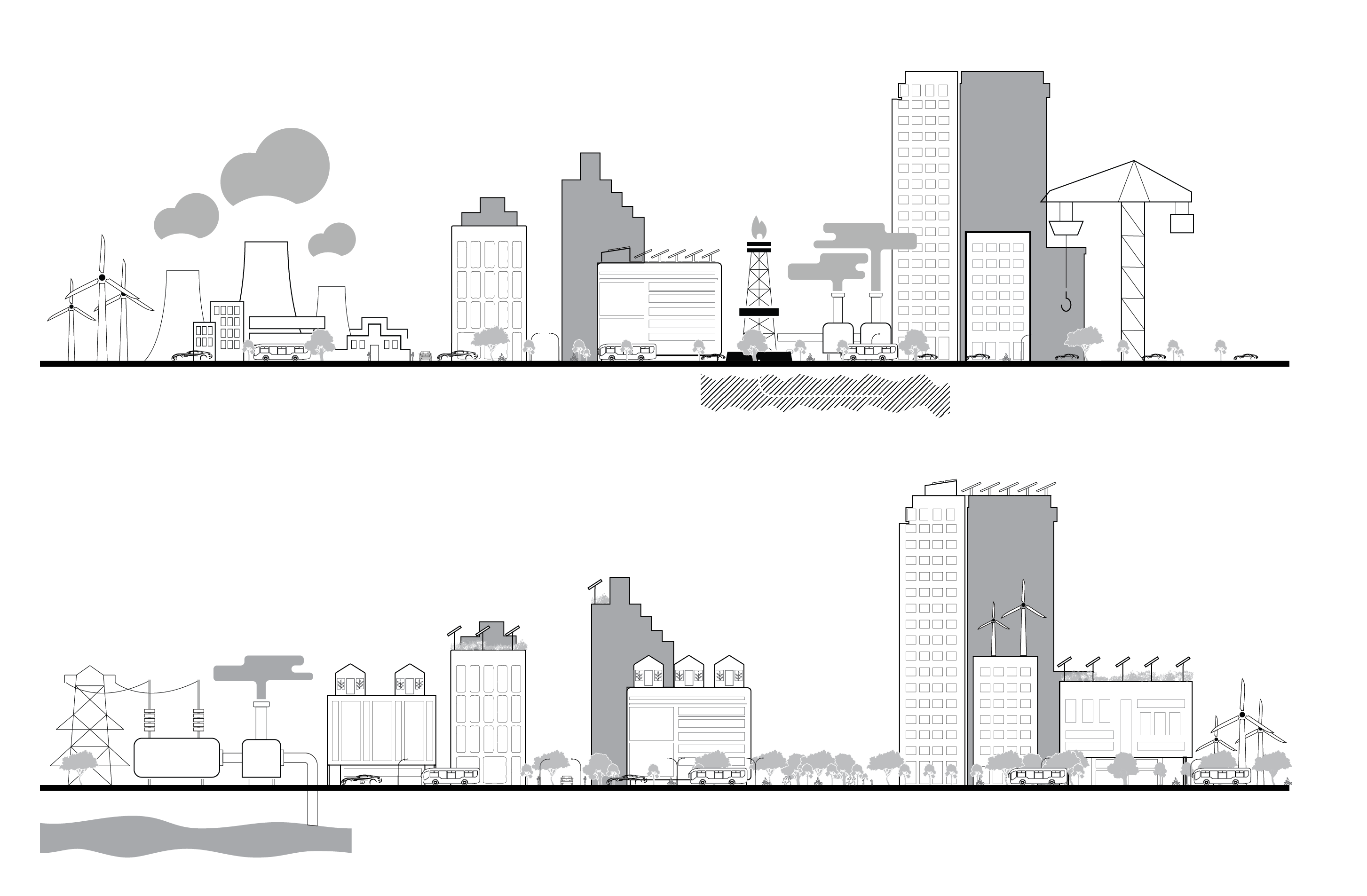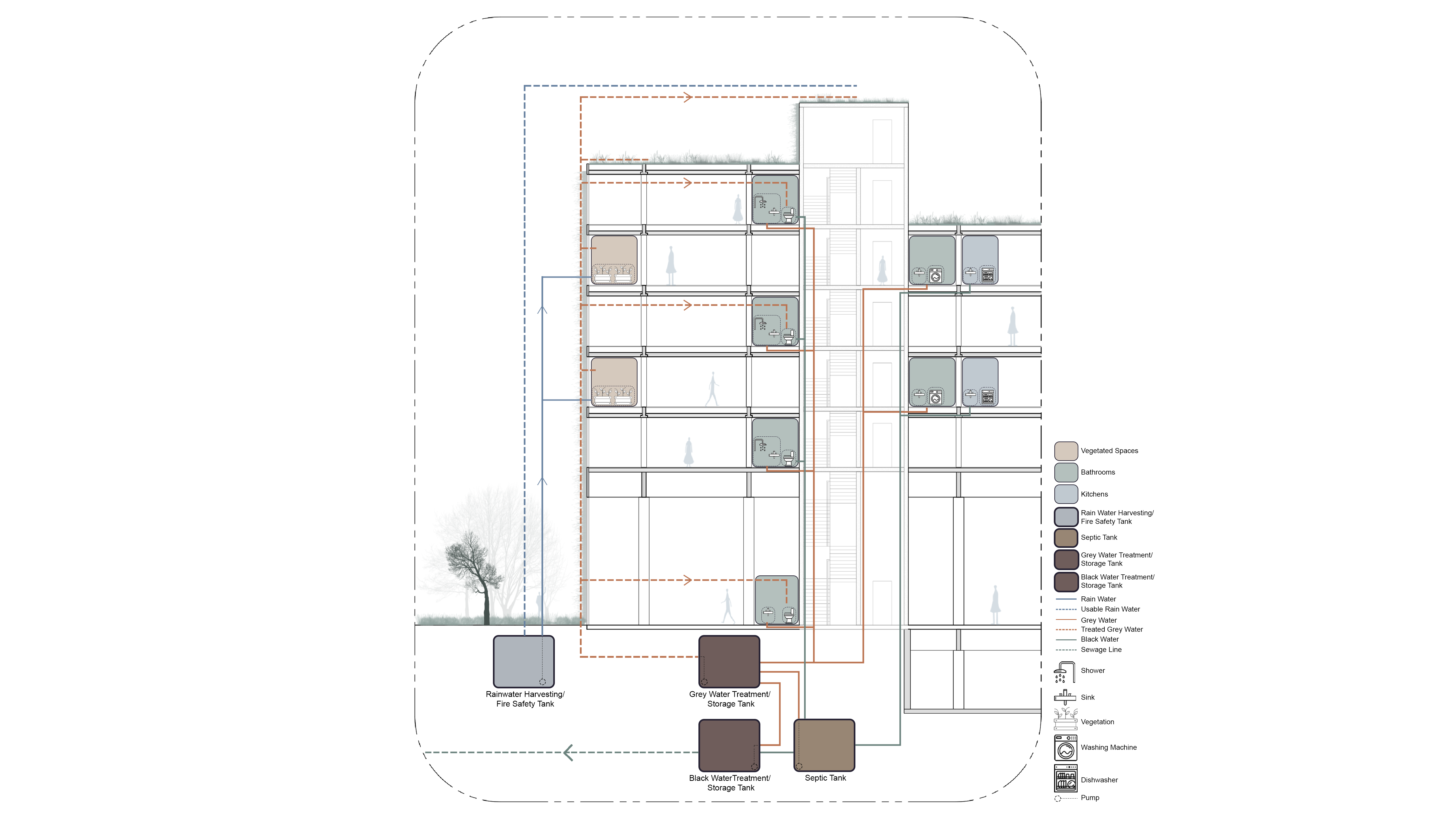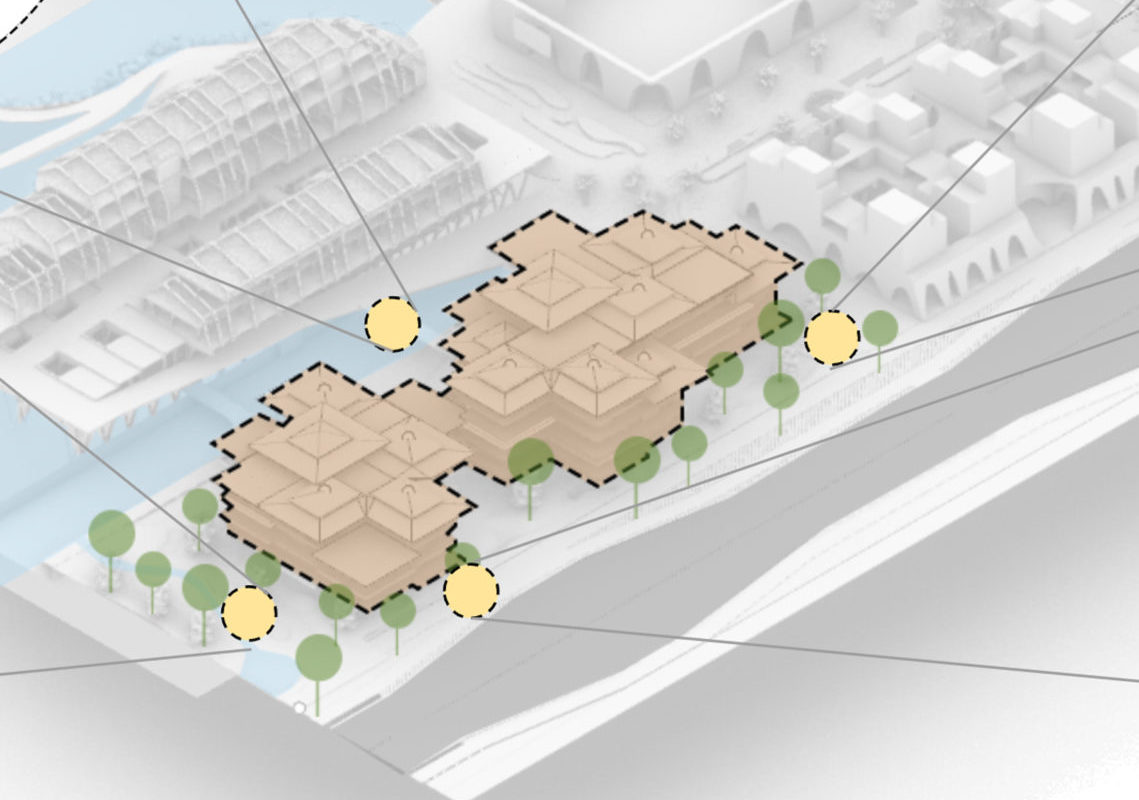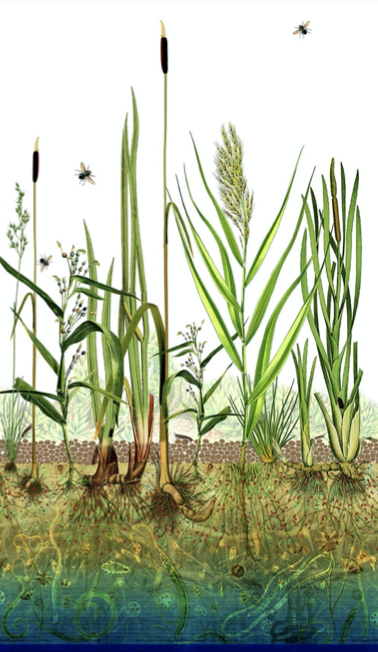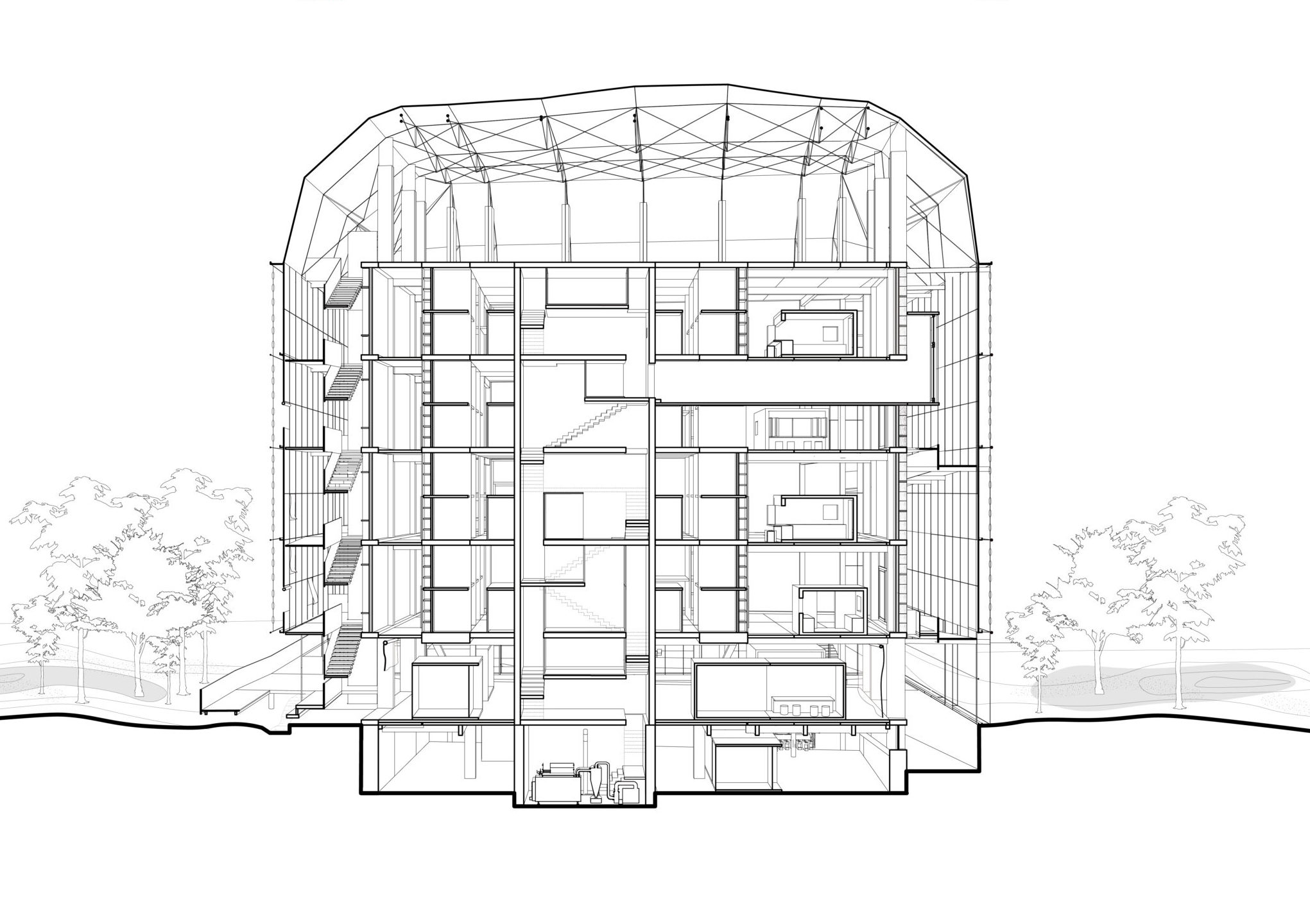Timber V4ult: Urban Synthesis
Objective The goal of this module was to take the final decisions in order to match the building design to the integrated facilities that optimize the circular economy in timber production, balancing large-scale industrial processes with small-scale habitational solutions and an holistic urban system. Chain of production Timber V4ult is the fourth in a chain … Read more

